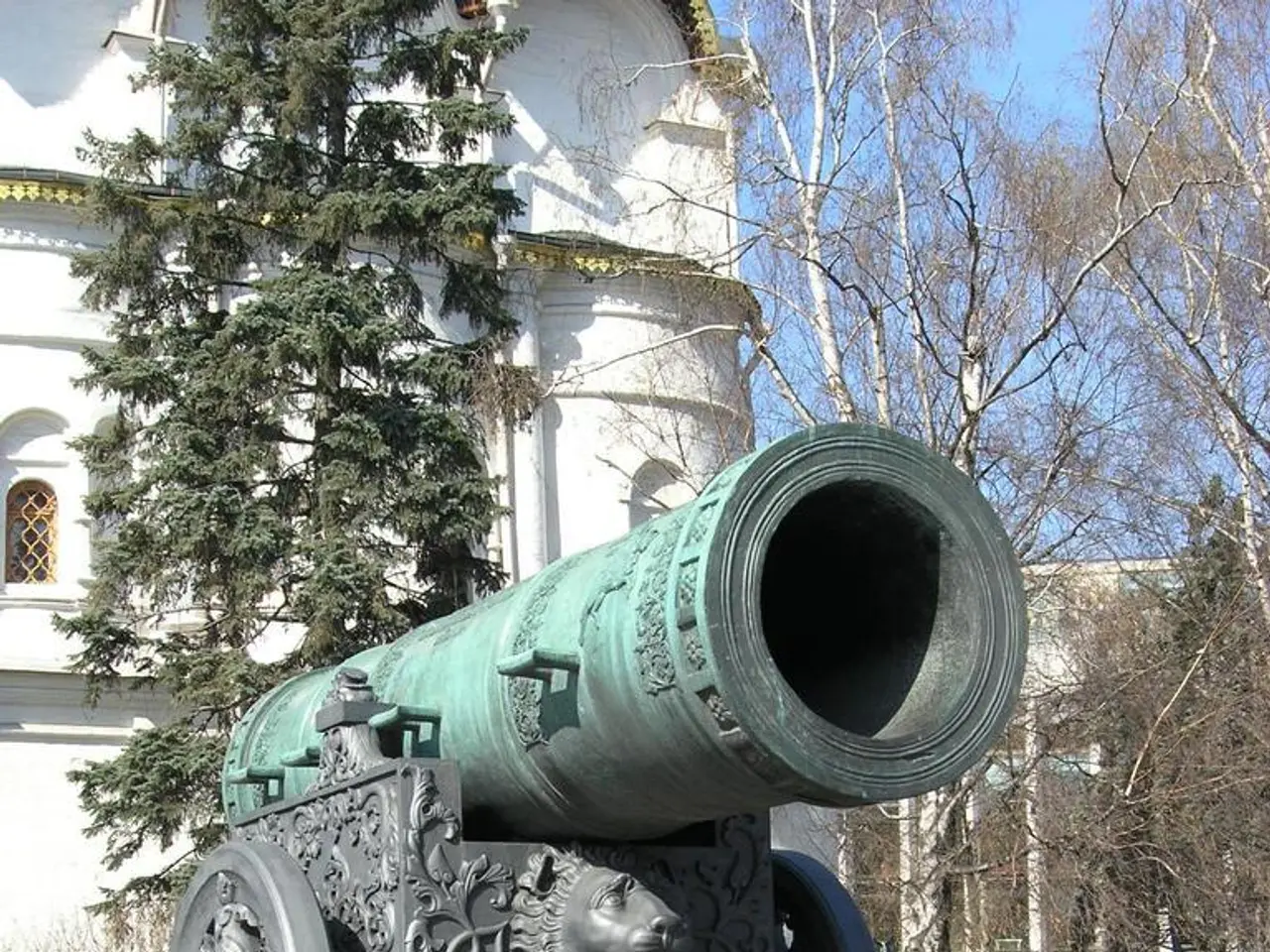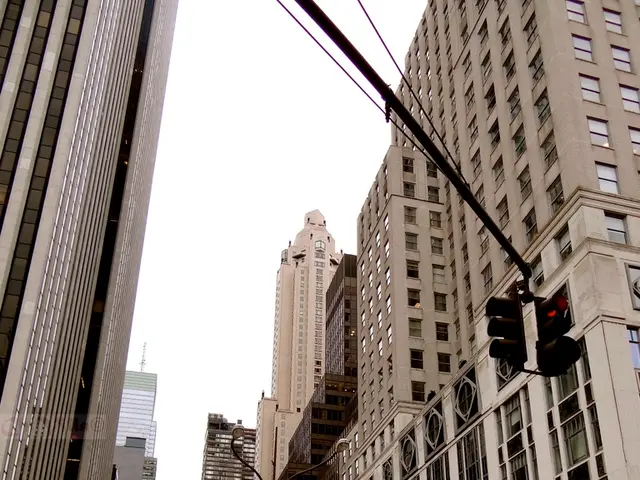Most Potent Nuclear Explosive Ever Constructed - Tsar Bomba
In the heart of the Cold War, on October 30, 1961, the Soviet Union made a historic move by testing the Tsar Bomba, the most powerful nuclear weapon ever built. The explosion, with an estimated yield of 57 megatons, was around 3,000 times more powerful than the bomb dropped on Hiroshima in 1945.
The test was led by Soviet leader Nikita Khrushchev, during the presidency of John F. Kennedy in the United States. The Soviet Union informed the U.S. beforehand of their intention to test a 50-megaton nuclear bomb, possibly as a message to their restless ally China.
The Tsar Bomba was not designed for operational use due to its extreme size. It was too large to be delivered by a missile and had to be dropped by a specially modified bomber. The Tu-95 crew that dropped Tsar Bomba was given only a 50-50 chance of survival.
The explosion produced remarkable physical effects. The mushroom cloud was over 60 kilometers high, and the blast destroyed structures over 160 kilometers away. Third-degree burns could be caused up to 100 kilometers away from ground zero.
The test was part of Soviet efforts to maintain nuclear deterrence credibility and influence Cold War geopolitical tensions. Strategically, it was a response to the United States' superior nuclear arsenal and aimed to project immense destructive power to intimidate adversaries and reassure the Soviet public.
However, the test also raised significant concerns about nuclear testing's destructive scope. The colossal demonstration contributed to growing international concern, helping spur efforts to limit nuclear tests, culminating in the Partial Test Ban Treaty of 1963.
The shock wave from Tsar Bomba circumnavigated Earth three times. Japanese authorities detected the highest level of radiation in rainwater ever recorded, and an "invisible cloud of radioactive ash" drifted eastward across the Pacific, Canada, and the Great Lakes region of the U.S.
After the Tsar Bomba test, the Soviet Union shifted its focus towards intercontinental ballistic missiles (ICBMs). The U.S., recognising the impracticality and danger of developing a bomb as massive as Tsar Bomba, decided against pursuing such a weapon.
In summary, the Tsar Bomba test symbolized the peak of the Cold War nuclear arms race, serving as a stark warning of unparalleled destructive power while influencing arms control dialogues and Cold War diplomacy. The test underscored the USSR’s technological prowess in the nuclear arms race but also highlighted the destructive consequences of such weapons.
[1] "Tsar Bomba: The World's Most Powerful Bomb," History.com Editors. A&E Television Networks, 2010. www.history.com/news/tsar-bomba-the-worlds-most-powerful-bomb. [2] "Tsar Bomba: The Soviet Union's Giant Hydrogen Bomb," BBC News. BBC, 2011. www.bbc.com/news/magazine-14196177. [3] "The Tsar Bomb: The Most Powerful Nuclear Explosion Ever," National Geographic. National Geographic Society, 2014. www.nationalgeographic.com/news/2014/10/141030-tsar-bomb-nuclear-test-soviet-union-hydrogen-bomb-history/. [4] "The Tsar Bomba: The Most Powerful Bomb Ever Detonated," Smithsonian.com. Smithsonian Institution, 2016. www.smithsonianmag.com/history/tsar-bomba-most-powerful-bomb-ever-detonated-180960328/. [5] "The Tsar Bomba: The World's Most Powerful Nuclear Weapon," The Guardian. Guardian News & Media Limited, 2016. www.theguardian.com/world/2016/oct/30/the-tsar-bomba-the-worlds-most-powerful-nuclear-weapon.
- The test of the Tsar Bomba, dubbed the most powerful nuclear weapon ever built, was a significant event in space-and-astronomy and general-news, particularly during the Cold War.
- The explosion of the Tsar Bomba, with an estimated yield of 57 megatons, revealed the advanced technology and destructive potential of science and technology during this period.
- Despite its immense power, the Tsar Bomba was not designed for operational use, highlighting a historical disconnect between laboratory achievement and practicality in the field of science.
- The test of the Tsar Bomba raised concerns about medical-conditions, as the shock wave circumnavigated Earth three times and caused third-degree burns up to 100 kilometers away.
- The Tsar Bomba test, a symbol of the nuclear arms race, influenced finance and politics, leading to the Partial Test Ban Treaty of 1963, a notable moment in the history of international relations.




